I want to extract the rectangular-like shapes (some may have triangular extensions on one side) with an image like this;
What I have done in MATLAB is;
BW=imread('Capture2.JPG');
BW=~im2bw(BW);
SE = strel('rectangle',[1 6]);
BW = ~imclose(BW,SE);
BW2 = imfill(~BW,'holes');
figure
imshow(~BW)
figure
imshow(BW2);
s = regionprops(BW,'BoundingBox','Area','PixelIdxList');
s = s(2:end);
[lab, numberOfClosedRegions] = bwlabel(BW);
figure
imshow(BW)
for i=1:numel(s)
rec = s(i);
ratio = rec.BoundingBox(4)/rec.BoundingBox(3);%height/width
% ratio > 0.3 && ratio < 51.6 && rec.Area > 1100 && rec.Area < 22500
% if ratio > 0.16
rectangle('Position',s(i).BoundingBox,'EdgeColor','r','LineWidth',2);
text(rec.BoundingBox(1),rec.BoundingBox(2),num2str(i),'fontsize',16);
% end
end
What I have come up is;
As it is seen, there are regions find as part of texts, shape inside of a block(index = 3) and non-block region(index = 11). I need to discard the inside regions and non-block areas.
The other issue is since regions are defined by white areas I need to get the black borders of the blocks so that I can capture the block itself, not the inner white region. How can I solve these issues?
I both tried inverting the image and using the methods but no success.
EDIT: Code improvement & additional image
One of the images can be like this including non-rectangular but object of interest shapes (leftmost).
Another issue if image not as good as it should be some, line considered as open especially diagonal and 1px wide ones which causes regionprops misses them.
Code improvement;
close all;
image=imread('Capture1.JPG');
BW = image;
BW = ~im2bw(BW);
SE = strel('rectangle',[3 6]);
BW = ~imclose(BW,SE); % closes some caps to be closed region
r = regionprops(BW,'PixelIdxList');
BW(r(1).PixelIdxList) = 0; %removes outermost white space allowing to connection lines disapear
se = strel('rectangle',[6 1]);
BW = imclose(BW,se);% closes some caps to be closed region
BW = imfill(BW,'holes');
s = regionprops(BW,{'Area', 'ConvexArea', 'BoundingBox','ConvexHull','PixelIdxList'});
%mostly the area and convex area are similar but if convex area is much greater than the area itself it is a complex shape like concave intermediate sections then remove
noidx = [];
for i=1:numel(s)
rec = s(i);
if rec.Area*1.5 < rec.ConvexArea
BW(rec.PixelIdxList) = 0;
noidx(end+1)=i;
end
end
s(noidx)=[];
%no condition for remaining regions figure imshow(BW)
for i=1:numel(s)
rec = s(i);
ratio = rec.BoundingBox(4)/rec.BoundingBox(3);%height/width
% ratio > 0.3 && ratio < 51.6 && rec.Area > 1100 && rec.Area < 22500
% if ratio > 0.16
rectangle('Position',s(i).BoundingBox,'EdgeColor','r','LineWidth',2);
text(rec.BoundingBox(1),rec.BoundingBox(2),num2str(i),'fontsize',16,'color','red');
% end
end
Result is;
Advantage is all the remaining regions are region if interest no exception and no condition for area constraint etc. because image size can be different thus the area.
But even this doesn't work on second image. Because of the text below the blocks (which is always the case -> first image was cleared to be uploaded) and the diagonal tips of the leftmost blocks considered open lines.




